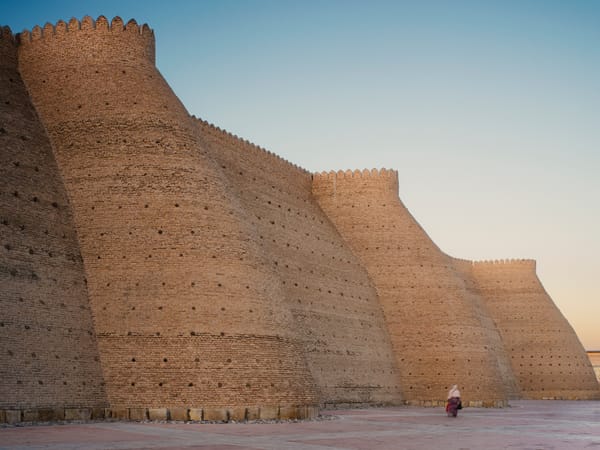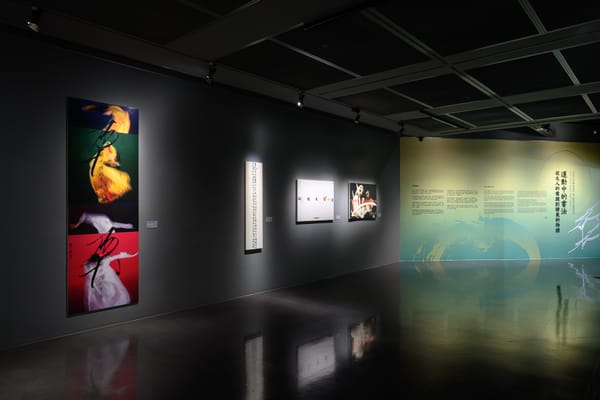Shows
“Introspection and Exploration: Artistic Generations in Asia”
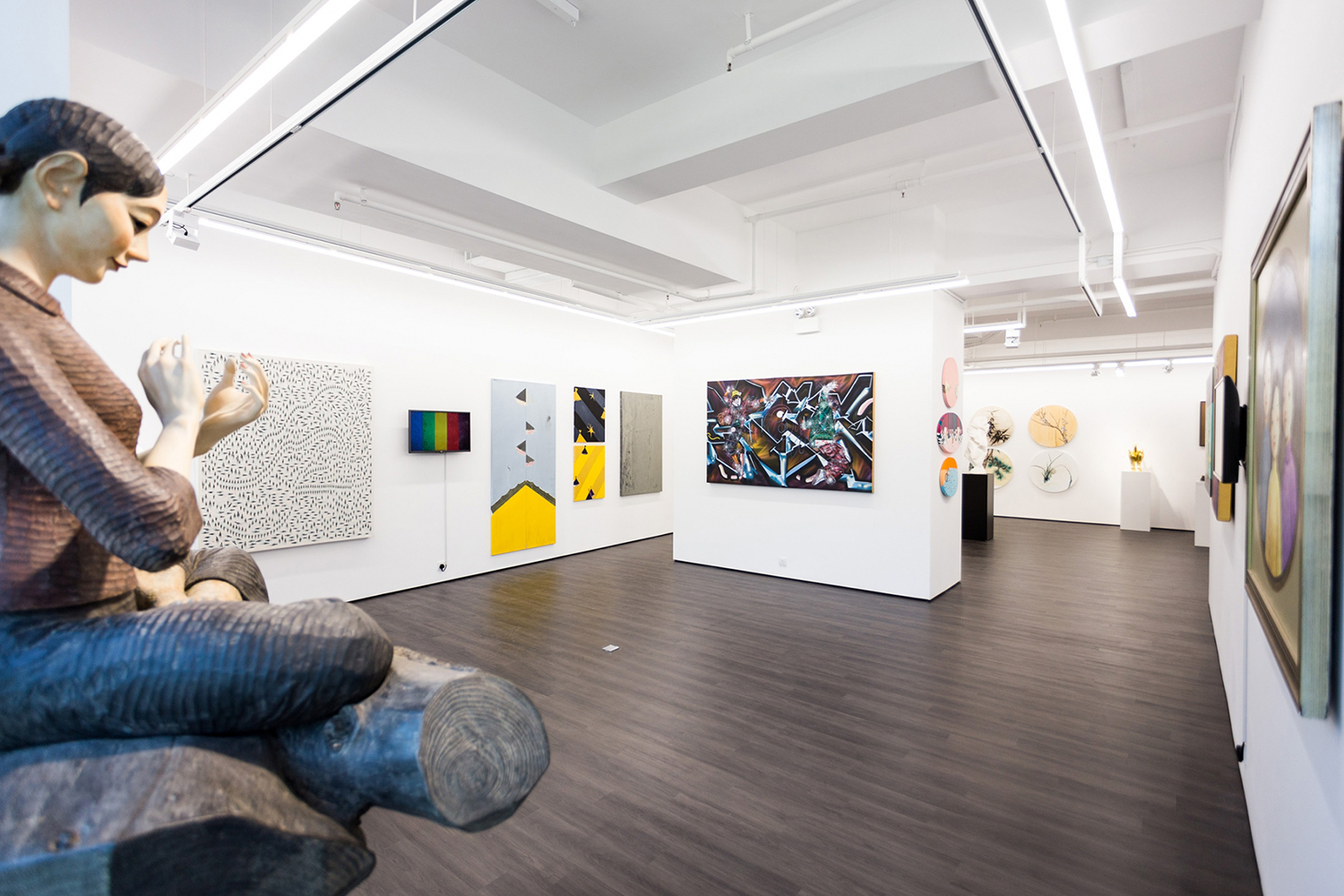

Longmen Art Projects has expanded its footprint in East Asia by inaugurating a Hong Kong outpost in late-March, coinciding with the influx of scenesters who landed to see Art Basel Hong Kong. Located within the rapidly growing South Island Cultural District, Longmen Art Projects’ first exhibition “Introspection and Exploration: Artistic Generations in Asia” included 70 works by 24 artists born between the 1920s and ’80s, and showcased creations from China, Taiwan, Japan and South Korea.
The earliest paintings in this exhibition were created in the 1960s. Together with more recently created works, they illustrate the blooming of East Asian art as it increasingly spread worldwide. In an interview with Hong Kong’s public radio station, Jeffrey Lee, the director of Longmen Art Projects, mentioned that the exhibition was meant to invite the audience to look at these works as the building blocks of a comprehensive movement of modern and contemporary Asian art, threading together creations from the four mentioned regions.
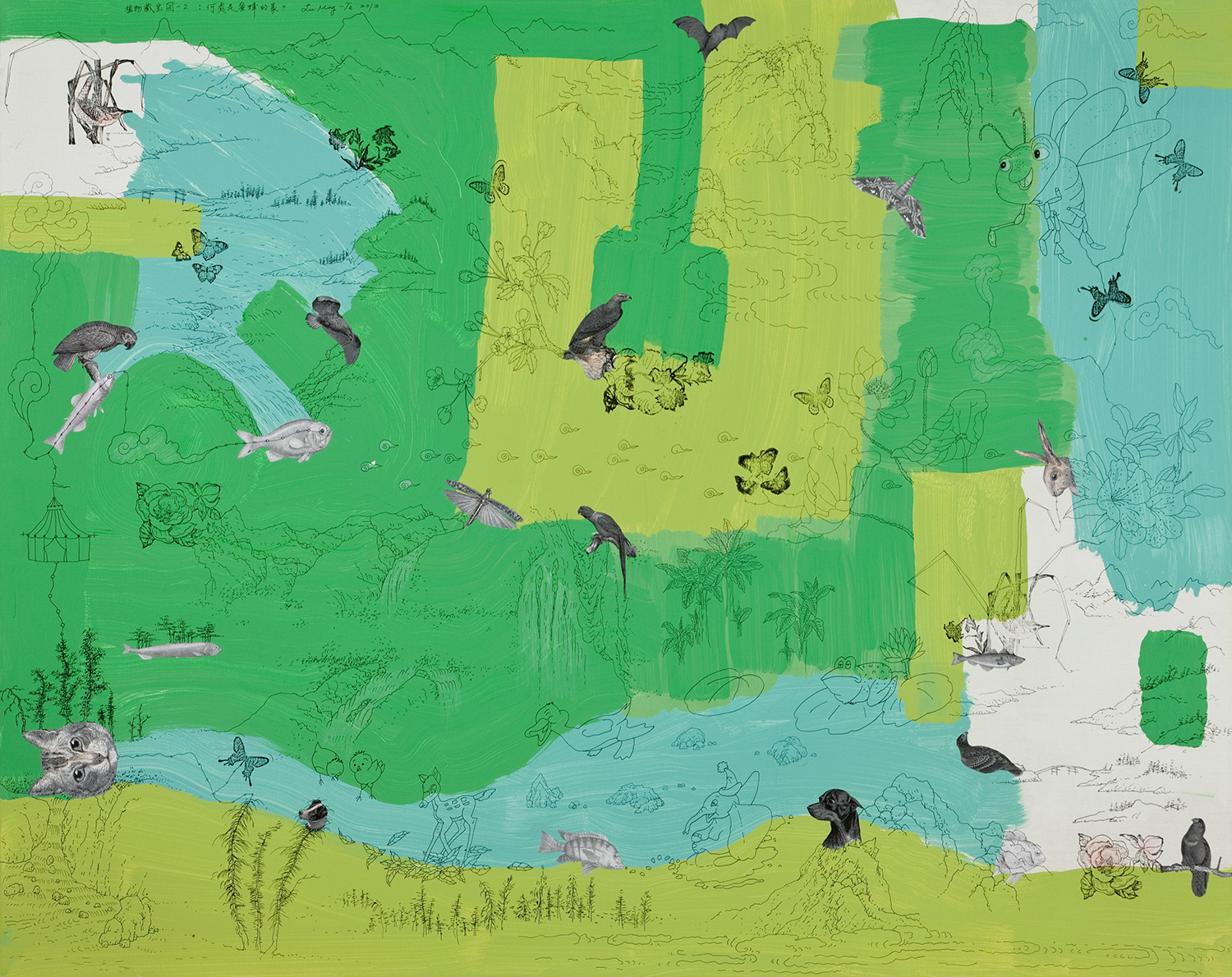
Post-war Asian artists have shown amazing prowess when it comes to fusing aesthetic values from distinct cultures. In Vegetation Treasure Map – Where is the Dragonfly and Vegetation Treasure Map – Where is the Home of the Bee (both 2012) by Taiwanese artist Lu Ming-Te, there are stamped butterflies, a collage of flora and fauna, hand-drawn Disney cartoon characters and Chinese traditional landscape patterns. Bambi and Dumbo mingle among scattered pine trees, clouds and mountains, and we must—as the titles instruct—search for the dragonfly and bee. In If Flowers Were Taller Than Mountains (2010), animals and flowers follow each other and climb soundlessly on the canvas from the bottom to the top. A stalk of flowers bridges the gap between a bowhead whale’s snout and a Wuchang bream’s tail; the fish kisses a front foot of a crocodile, which has a stag standing on its spine. The links between botanical and zoological specimens advance in multiple columns like dominoes, layered over airy whispers of mist blue that are evocative of hills seen from a bird’s eye view. Perusing this painting is like reading poème en prose, where symbolic images converge briefly before they scatter, each skating on its own narrative arc.

Whereas Lu’s subtle constructions intimated allegorical meanings, Japanese artist Tetsuya Noguchi injected a dose of humor into the show with Sleeping Head & Talking Head (2009–10), which has two components. On the left, we see an acrylic painting, rendered in a classical style, of a samurai sitting cross-legged with confidence and dignity, looking at his black helmet that holds the shape of a dog’s head. Its sculptural counterpart introduces levity: this samurai, in three dimensions, sits dispirited, perhaps about to doze off. The dog-head helmet he wears glares back at him in awe and consternation, with its mouth wide open. Noguchi has extensive knowledge of samurai history, and he applies it to explore the imagery of samurai in most of his artworks. The artist plays the role of satirist by poking fun at his characters, which embody a blend of whimsy and amusement, overturning the rigidity associated with the samurai stereotype. Among his creations, one samurai is in a cute cat costume, another wears armor emblazoned with Chanel logos. Noguchi’s salient classical style is feigned; he is actually tapping into pop culture to make us laugh.
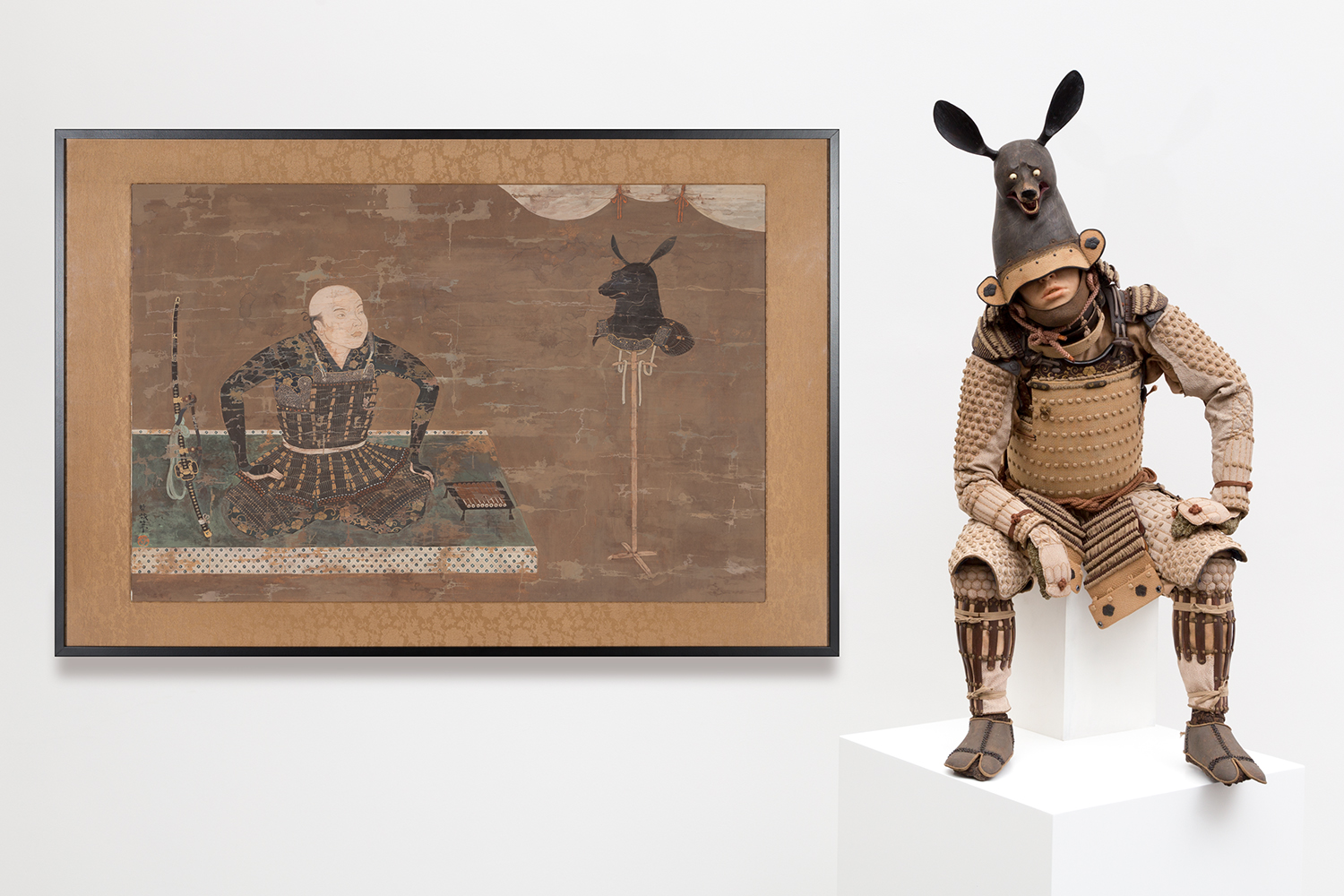

In a similar vein, some of the young Chinese artists who were part of Longmen’s presentation express doubts toward cultural hierarchy. Ye Funa adapts Ophelia (1851–52) by John Everett Millais as a video, depicting the anxious bewilderment experienced by the titular character before she drowns herself. The video Ophelia (2014) is identical to the original painting in every detail except for one deviation: the artist casts a raven-haired, Asian woman as Ophelia, replacing the pale-skinned, blonde heroine in the original painting. Ye’s iteration is a double-adaptation, one that drew from John Everett Millais’s canvas, which in turn was inspired by a Shakespearean tragedy. In each successive generation, is the spirit of William Shakespeare’s Hamlet degraded? Consider this: in Shakespeare’s time, his plays were written to entertain the masses as well as the highborn. Likewise, Ye’s video makes light of the myth of authenticity and discriminative hierarchy in art. With that in mind, “Introspection and Exploration” bound together art created in different corners of East Asia; though these creations incorporated many Western influences, they do stand on their own legs.
“Introspection and Exploration: Artistic Generations in Asia” is on view until June 30, 2017, at Longmen Art Projects, Hong Kong.
